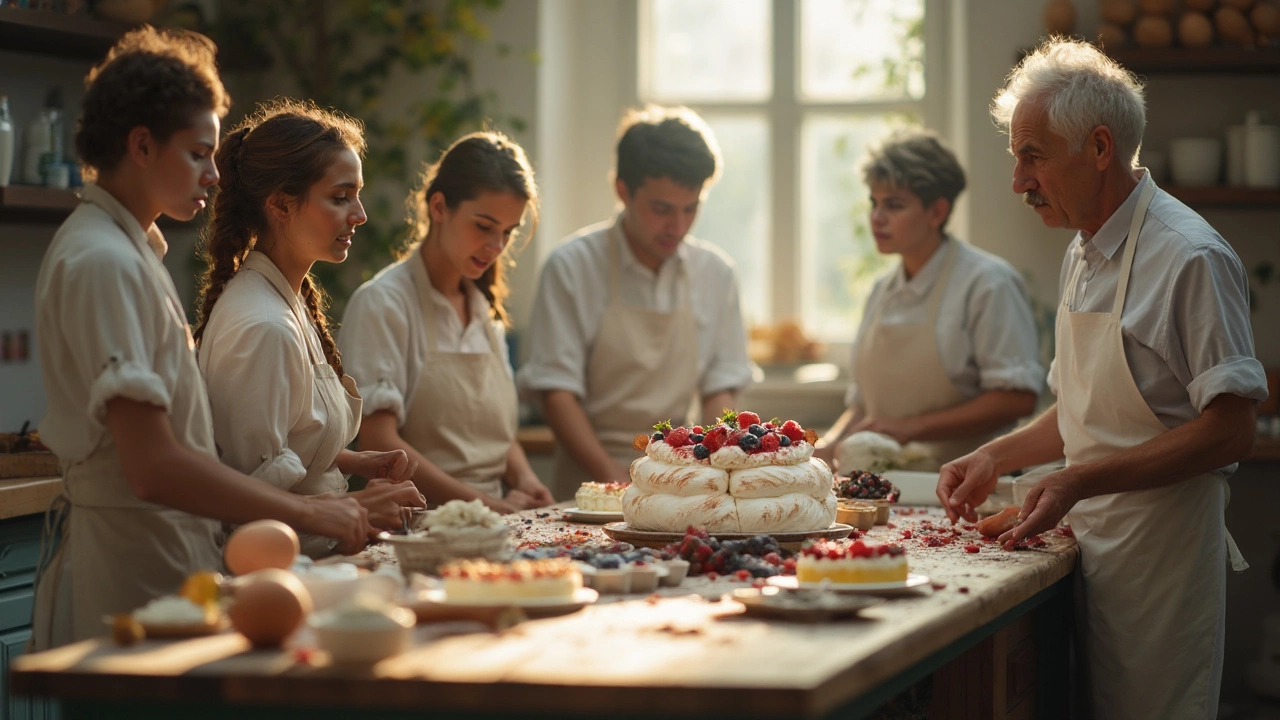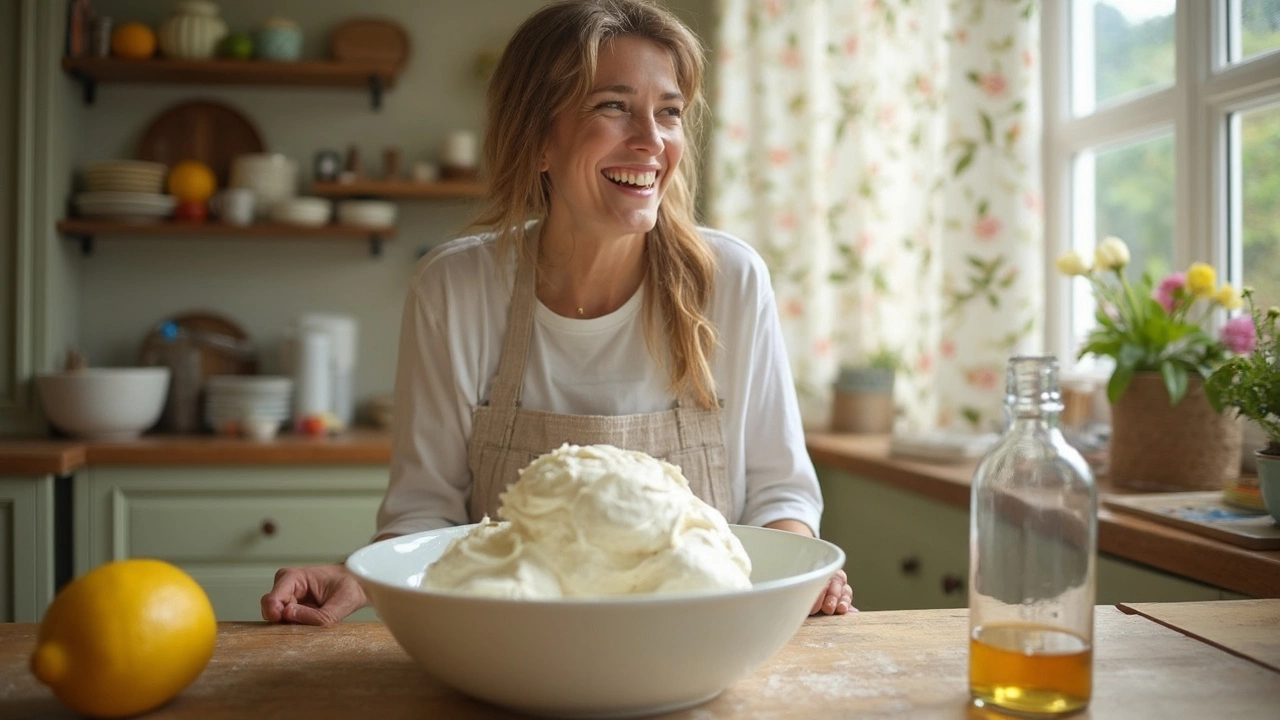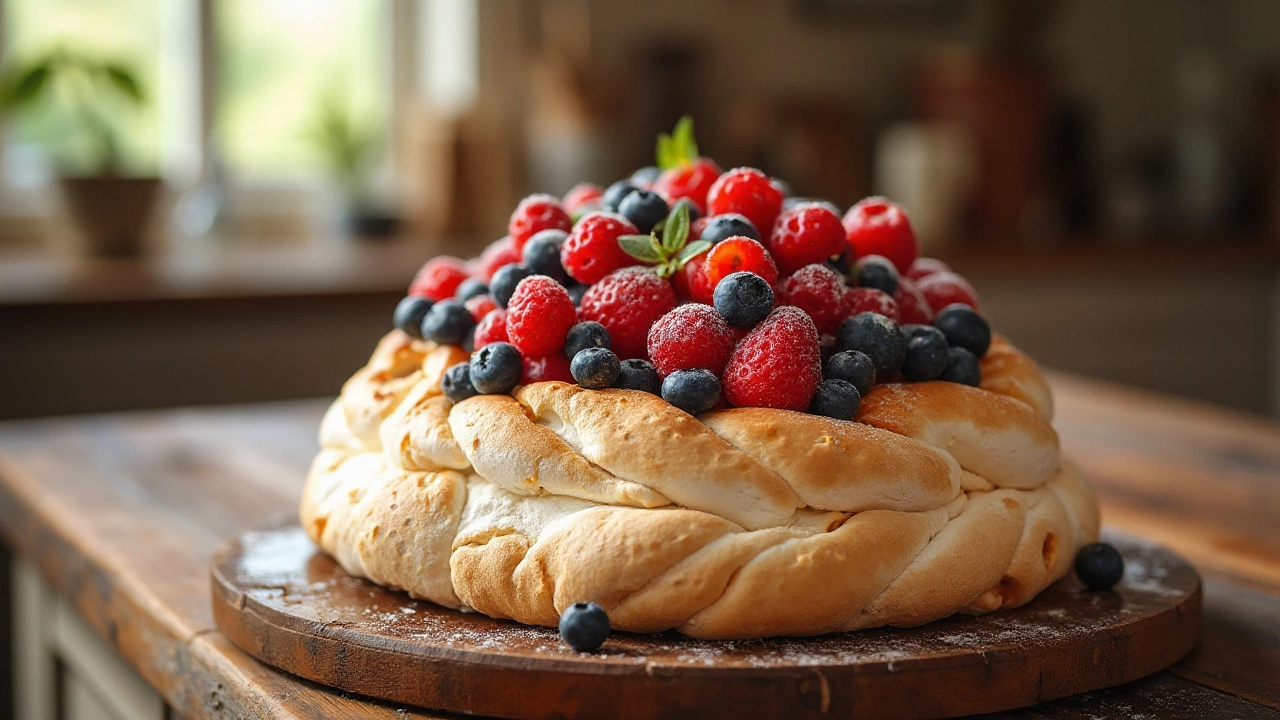Pavlova Recipe – Simple Steps for a Light, Crunchy Meringue
Looking for a show‑stopper dessert that isn’t too hard to pull off? Pavlova fits the bill. It’s a sweet, airy meringue with a crunchy edge and a soft centre, perfect for fresh fruit and a dollop of cream. Follow these easy steps and you’ll have a pavlova that feels right at home on any British table.
Getting the Right Meringue Base
First thing’s first – make sure your bowl and whisk are spotless. Any grease will stop the egg whites from whipping up properly. Separate five large egg whites from the yolks, letting the whites reach room temperature. Warm whites whip faster and hold more air.
Start the mixer on low, then crank up to medium‑high once the whites become frothy. Add a pinch of cream of tartar or a few drops of lemon juice; this stabilises the foam. When soft peaks appear, sprinkle in 250 g of caster sugar, one spoonful at a time. Patience here matters – rushing the sugar will leave grainy spots.
After all the sugar is folded in, the mix should be glossy and hold stiff peaks. Test it by lifting the whisk: the peaks should stand straight without wobbling. If you run a finger through the meringue and it dissolves, you need a little more sugar.
Now shape the meringue on a parchment‑lined baking tray. Use a large spoon to make a shallow well in the centre – this will hold the topping later. Keep the edges a bit higher than the middle; they’ll turn into a nice “bowl” as it bakes.
Preheat your oven to 150 °C (300 °F). Slide the pavlova in, then lower the temperature to 120 °C (250 °F) after ten minutes. Bake for 1‑1.5 hours – you want a dry surface but the inside should still be a little soft. Turn the oven off, crack the door open, and let the pavlova cool completely inside. Sudden temperature changes cause cracks.
Toppings and Serving Ideas
While the meringue cools, whip 300 ml of double cream with a spoonful of powdered sugar until soft peaks form. Add a splash of vanilla if you like.
Fresh fruit works best. Strawberries, kiwi, passion fruit, and berries give a bright contrast to the sweet meringue. Slice the fruit just before serving – the fruit juices can make the meringue soggy if it sits too long.
For a twist, drizzle a little melted dark chocolate or caramel over the top. A sprinkle of toasted coconut or chopped nuts adds extra crunch without overwhelming the delicate texture.
When you’re ready, spread the whipped cream inside the pavlova bowl, pile the fruit on top, and finish with your chosen drizzle. Serve straight away for the best texture.
Tips to keep in mind: If the meringue cracks during cooling, don’t worry – you can patch it with a bit of extra whipped cream. Store any leftovers in an airtight container, but eat within a day; the meringue starts to absorb moisture after that.
That’s it – a simple, reliable pavlova you can make for birthdays, afternoon tea, or any time you feel like a light yet impressive dessert. Grab the ingredients, follow the steps, and enjoy the fluffy, crunchy goodness.



